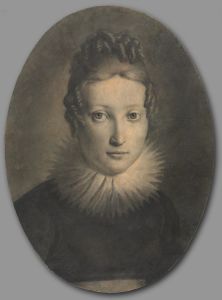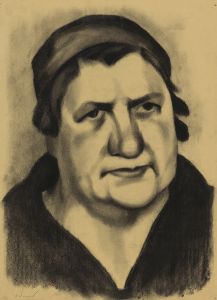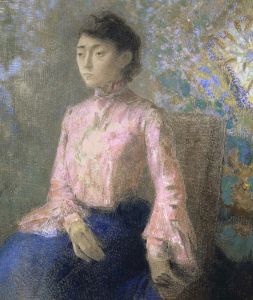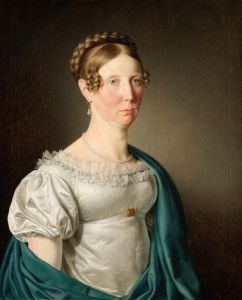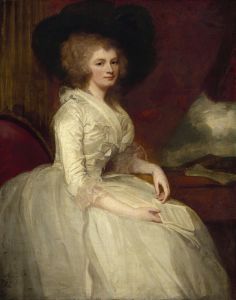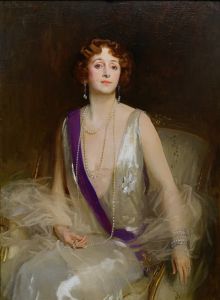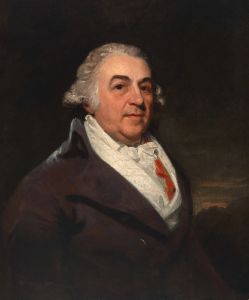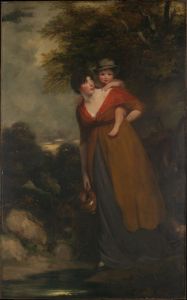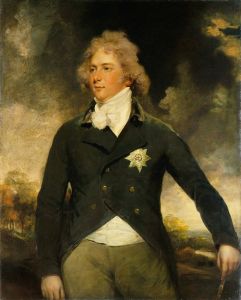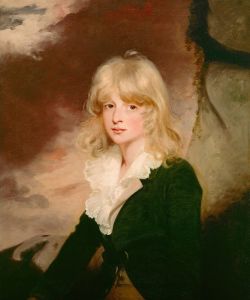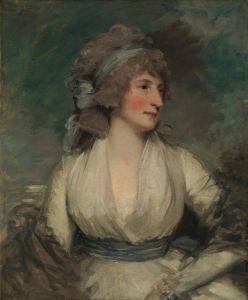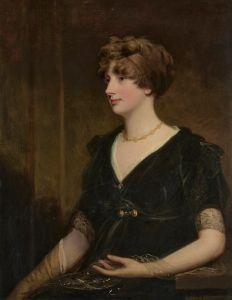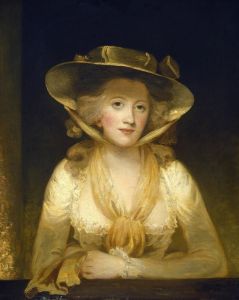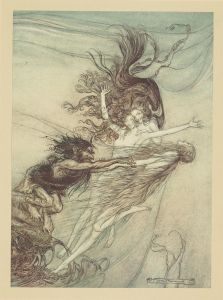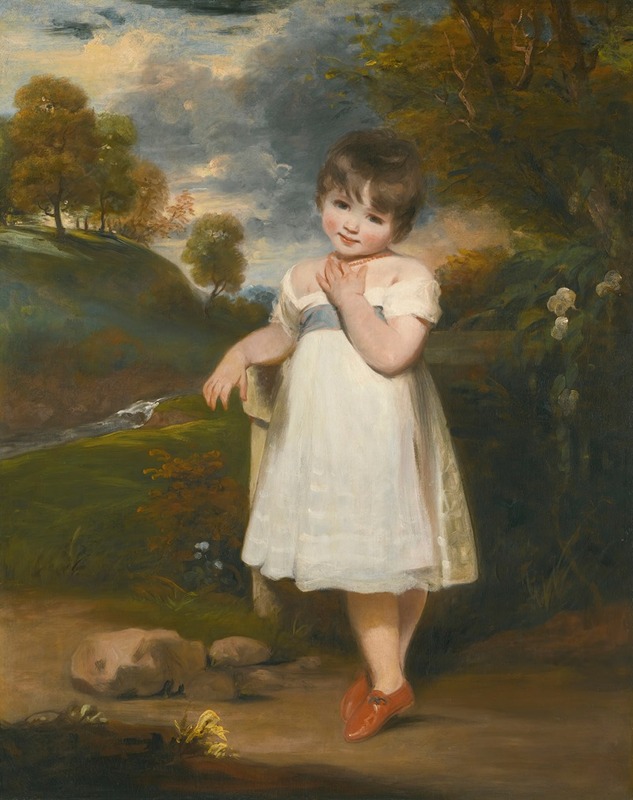
Portrait Of Emma Laura Whitbread, Later Lady Eversley , When A Child
A hand-painted replica of John Hoppner’s masterpiece Portrait Of Emma Laura Whitbread, Later Lady Eversley , When A Child, meticulously crafted by professional artists to capture the true essence of the original. Each piece is created with museum-quality canvas and rare mineral pigments, carefully painted by experienced artists with delicate brushstrokes and rich, layered colors to perfectly recreate the texture of the original artwork. Unlike machine-printed reproductions, this hand-painted version brings the painting to life, infused with the artist’s emotions and skill in every stroke. Whether for personal collection or home decoration, it instantly elevates the artistic atmosphere of any space.
John Hoppner's "Portrait of Emma Laura Whitbread, Later Lady Eversley, When A Child" is a distinguished example of early 19th-century British portraiture. John Hoppner, an acclaimed English portrait artist, was known for his ability to capture the elegance and grace of his subjects, often members of the British aristocracy and society. Born in 1758, Hoppner rose to prominence in the late 18th and early 19th centuries, becoming a favored portraitist among the elite.
The subject of this portrait, Emma Laura Whitbread, was a member of the prominent Whitbread family, known for their brewing business and political influence. Emma Laura Whitbread later became Lady Eversley, indicating her marriage into the peerage, which was a common practice among women of her social standing during that era. The Whitbread family had significant social and economic influence, and having a portrait painted by an artist of Hoppner's stature would have been a testament to their status.
In this portrait, Hoppner captures Emma as a child, a common practice at the time, as portraits were often commissioned to mark significant stages in life, such as childhood, marriage, or inheritance. The painting reflects the style and techniques characteristic of Hoppner's work, including his use of soft, flowing lines and a delicate color palette that emphasizes the innocence and charm of the young subject. His portraits are noted for their warmth and the subtle interplay of light and shadow, which give his subjects a lifelike presence.
Hoppner's technique involved a keen attention to detail, particularly in the rendering of fabrics and textures, which is evident in the way he painted the clothing and background elements in his portraits. His ability to convey the textures of silk, lace, and other materials added a layer of realism and luxury to his work, appealing to the tastes of his affluent clientele.
The portrait of Emma Laura Whitbread would have been created during a period when Hoppner was at the height of his career. During this time, he was a rival to Sir Thomas Lawrence, another leading portrait artist of the era. Despite the competition, Hoppner maintained a successful career, receiving numerous commissions from the nobility and even members of the royal family.
While specific details about the portrait's current location or its provenance over the years may not be widely documented, works by Hoppner are typically held in high regard and are often part of prestigious collections, both public and private. His portraits continue to be appreciated for their artistic merit and their ability to provide insight into the fashion, culture, and social dynamics of the period in which he worked.
In summary, John Hoppner's "Portrait of Emma Laura Whitbread, Later Lady Eversley, When A Child" is a testament to his skill as a portraitist and his ability to capture the essence of his subjects. The painting not only reflects the artistic trends of the early 19th century but also offers a glimpse into the lives of the British aristocracy during that time.





